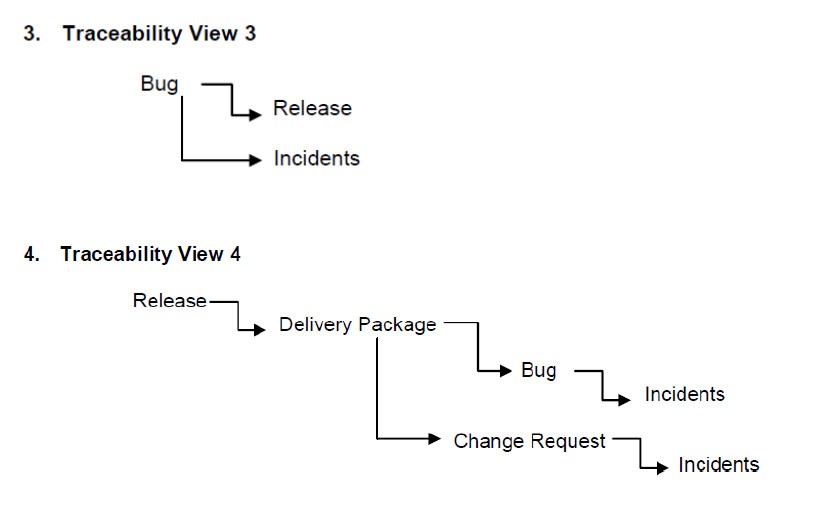
Introduction
As often is the case nowadays, the need for integrating disparate tools within the tool ecosystem became imminent in this organization. Having invested substantial amounts of money and with best of the breed tools in place for specific domains, everything seemed right for the organization except for the fact that the tools didn’t talk to each other. Thus, this large global networking company which was using CA Clarity for their ‘Planning’ team and Rally Dev for their ‘Development Execution’ team came to Kovair with the need for integrating the tools. These tools coming from two different vendors naturally didn’t interact with each other. Consequently the Planning and the Execution teams were not in sync. As a result the efficiency quotient of the projects being carried out was not at its optimum best. Thus, they wanted to integrate Clarity with Rally so that any change made in Clarity is automatically reflected in Rally. The global networking organization has an ecosystem of tools which includes Clarity and Rally among many others. Kovair will be integrating the entire ecosystem in the due course of time. However, in the first phase of the project, the initial challenge was to get Clarity and Rally integrated. In subsequent phases of the project, Kovair will be integrating a specialized Requirement Management tool –the Jama Contour and a Defect Tracking tool – the Bugzilla to the integrated tool set. The Clarity and Rally integration was primarily a unidirectional data flow happening from Clarity to Rally. The basic idea behind this was that the data entered by the Planning team was made available to the Execution team on a real time basis. Kovair has successfully integrated these tools and has gone live with this phase of the project in a record amount of time from the POC to production implementation in about 20 weeks. Kovair also enabled the company in making this project PL 9000 compliant, as was the need for the organization.

Drilling down to the details of the integration scenario, the Project artifact was mapped to the Portfolio Theme, Portfolio Initiative and Portfolio Feature in Rally. Kovair has the ability to define business logic to direct project items of Clarity into various portfolio items of Rally. Kovair did not have an off the shelf adapter for the version of Clarity that the organization was using. The use-case that was to be implemented was also a very complex and customized one. Additionally, as is the case with most projects, the dynamics of the project kept changing time and again when it was on full swing. At times, it was found that the requirement of the user was not the way it was thought initially, or at times an implemented item left something more to be desired. However, these challenges were overcome as Kovair customized the Clarity adapter specifically to meet the evolving business use-case. The entire time span for the project was five months that was needed to implement the cycle which consisted of several alterations from the networking giant. The project kicked off by understanding the Use-Case followed by development of the Custom adapter. The next part was implementing the scenarios in their POC instance. So, on the successful completion of the POC, Kovair successfully installed and tested the Development Server. This was followed by the installation and testing of the Staging Server as well. And Yes, Kovair was successful in making it Live on the Production Instance within the scheduled deadline. Thus the Company opened it up for their clientele.
Highlights of the Project
- Successful completion of a customized and complex use case scenario.
- Development of custom adapter to address specific business scenarios.
- Following the Agile methodology while implementing the project.
- Completion of the project within 20 weeks.
- Making the Project PL 9000 compliant, as was the requirement of the organization.




